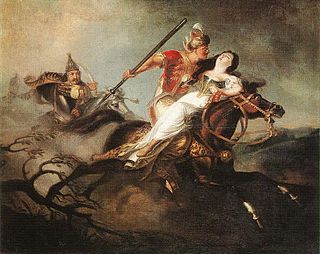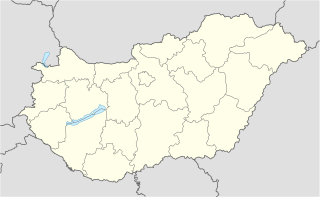 W
WThe Kingdom of Hungary came into existence in Central Europe when Stephen I, Grand Prince of the Hungarians, was crowned king in 1000 or 1001. He reinforced central authority and forced his subjects to accept Christianity. Although all written sources emphasize only the role played by German and Italian knights and clerics in the process, a significant part of the Hungarian vocabulary for agriculture, religion and state was taken from Slavic languages. Civil wars and pagan uprisings, along with attempts by the Holy Roman Emperors to expand their authority over Hungary, jeopardized the new monarchy. The monarchy stabilized during the reigns of Ladislaus I (1077–1095) and Coloman (1095–1116). These rulers occupied Croatia and Dalmatia with the support of a part of the local population. Both realms retained their autonomous position. The successors of Ladislaus and Coloman—especially Béla II (1131–1141), Béla III (1176–1196), Andrew II (1205–1235), and Béla IV (1235–1270)—continued this policy of expansion towards the Balkan Peninsula and the lands east of the Carpathian Mountains, transforming their kingdom into one of the major powers of medieval Europe.
 W
WThe Principality of Hungary or Duchy of Hungary was the earliest documented Hungarian state in the Carpathian Basin, established 895 or 896, following the 9th century Hungarian conquest of the Carpathian Basin.
 W
WAjtony, Ahtum or Achtum was an early-11th-century ruler in the territory now known as Banat in present Romania and Serbia. His primary source is the Long Life of Saint Gerard, a 14th-century hagiography. Ajtony was a powerful ruler who owned many horses, cattle and sheep and was baptised according to the Orthodox rite in Vidin. He taxed salt which was transferred to King Stephen I of Hungary on the Mureș River. The king sent Csanád, Ajtony's former commander-in-chief, against him at the head of a large army. Csanád defeated and killed Ajtony, occupying his realm. In the territory, at least one county and a Roman Catholic diocese were established.
 W
WThe Battle of Kerlés or Battle of Chiraleș, also known as the Battle of Cserhalom, was an engagement between an army of Pechenegs and Ouzes commanded by Osul and the troops of King Solomon of Hungary and his cousins, Dukes Géza and Ladislaus, in Transylvania in 1068. The Pechenegs had been the dominant power of the westernmost regions of the Eurasian steppes since around 895. However, large Pecheneg groups moved to the Balkan Peninsula at the same time as the westward migration of the Ouzes and Cumans in the 1040s. The first recorded Pecheneg invasion of Transylvania occurred during the reign of Stephen I of Hungary.
 W
WThe establishing charter of the abbey of Tihany is a document known for including the oldest written words in the Hungarian language. The document, dated to 1055, lists the lands the king donated to the newly founded Tihany Abbey. It is mostly in Latin, but contains several Hungarian words and expressions, the longest of which is feheruuaru rea meneh hodu utu rea.
 W
WGerard or Gerard Sagredo was the first bishop of Csanád in the Kingdom of Hungary from around 1030 to his death. Most information about his life was preserved in his legends which contain most conventional elements of medieval biographies of saints. He was born in a Venetian noble family, associated with the Sagredos or Morosinis in sources written centuries later. After a serious illness, he was sent to the Benedictine San Giorgio Monastery at the age of five. He received excellent monastic education and also learnt grammar, music, philosophy and law.
 W
WThe Battle of Mogyoród took place on 14 March 1074. It was an internal conflict between Solomon, King of Hungary and his cousins duke Géza and Ladislaus, who were claiming rights to the throne.
 W
WRéka Castle ; is a ruined castle in Baranya county, Hungary. It has been identified as the possible place of refuge for members of the royal family of England in the eleventh century.
 W
WThe Vata pagan uprising was a Hungarian rebellion which, in 1046, brought about the overthrow of King Peter Urseolo, the martyrdom of Bishop Gerard of Csanád and the reinstatement of the Árpád dynasty on the Hungarian throne.